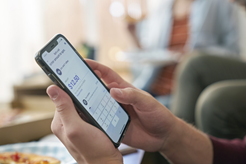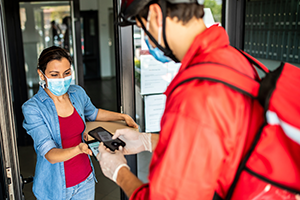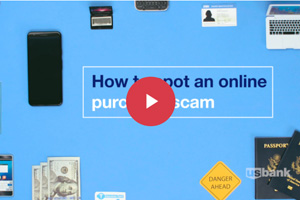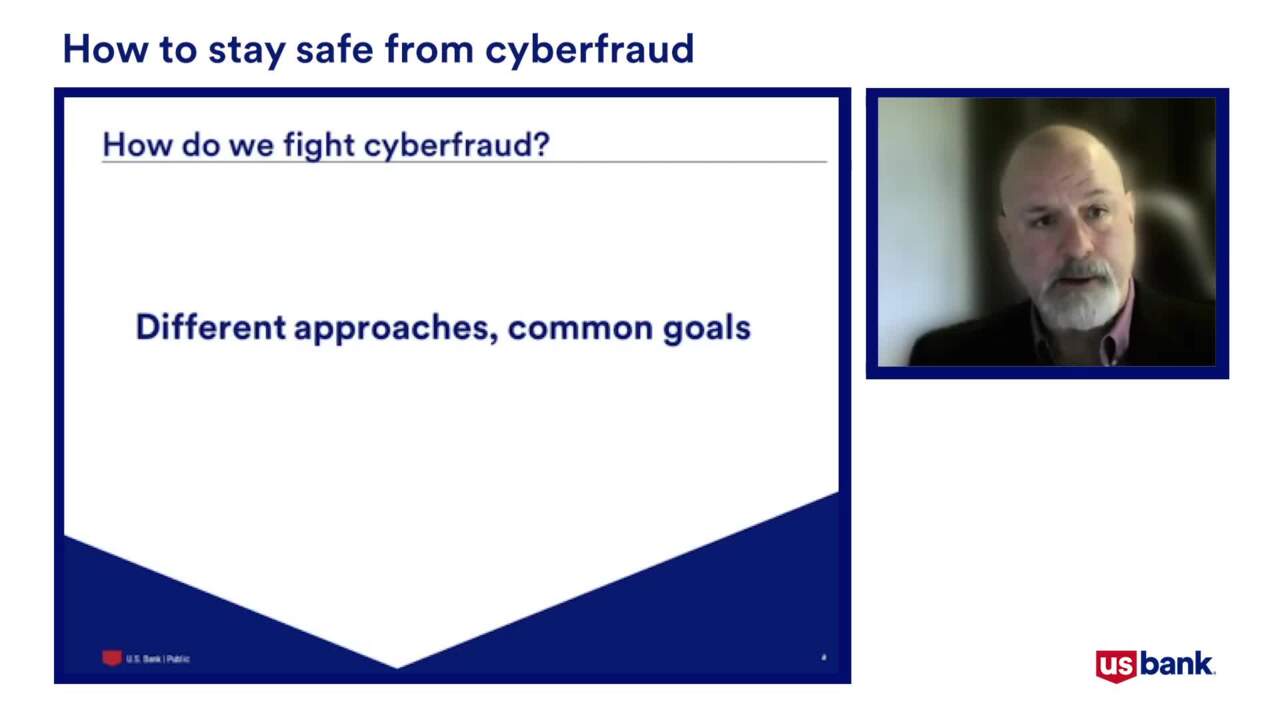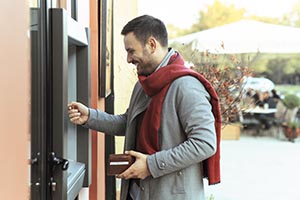There are risks with any type of payment, but you can take steps to pay it safe. Here’s how.
Using digital payments like Venmo, CashApp and Zelle® has made life much easier, but they can come with risks. Still, there are some easy steps you can take to protect yourself from being scammed and to keep your money safe.
What to watch out for
Fraudsters will stop at nothing trying to trick you into giving them your personal information and verification codes to gain access to your bank account – and your money. They may use spoofed phone numbers or text messages claiming to be a representative of your bank - and ask you for personal information, online credentials or one-time authentication passcodes. They may even ask you to send yourself money to "reverse" a fraudulent transaction. But the person is actually attempting to trick you and gain access to your account so they can use Zelle® to make unauthorized payments without your knowledge that end up in their pocket. Learn more on "How to Pay it Safe with Zelle®" and spot payment scams. This video from Zelle® shows how to avoid a payment scam.
How do I protect myself?
Knowing what to look for can help keep you and your money safe. Here are three tips to keep in mind:
- Don't respond to unsolicited requests: If you receive an email or text message from an individual or business asking for payment, but you didn't contact them first, don't respond. Instead, call the individual or business directly, using a verified contact number, to inquire about your account and any potential security issues.
- Never give out your login credentials: Criminals pretending to be your bank or a government entity (like a utility company) may pressure you to tell them your login credentials, including your password, but real institutions — including U.S. Bank — will never ask you for it.
- Treat Zelle® like cash: Money moves fast — often within minutes1. Always double check to make sure you have the right email or U.S. mobile number before you send money. If a purple Z appears next to your contacts, they are already enrolled with Zelle®. If the recipient is already enrolled, you’ll see the first name of the person who has enrolled the email address or mobile number being used on the screen before the money is sent. Be sure to carefully review any prompts before you confirm the transaction. Neither U.S. Bank nor Zelle® offers a protection program for any authorized payments made with Zelle® – for example, if you do not receive the item you paid for or the item is not as described or as you expected.
What should I do if I've been the victim of a digital payments scam?
If you think something’s not right with your account, contact your financial institution right away. At U.S. Bank you can call the Fraud Liaison Center, 877-595-6256. Or call the number on the back of your U.S. Bank card or statement. Find out more about the U.S. Bank Digital Security Coverage.
Read more about ways to protect yourself from fraud and scams.

